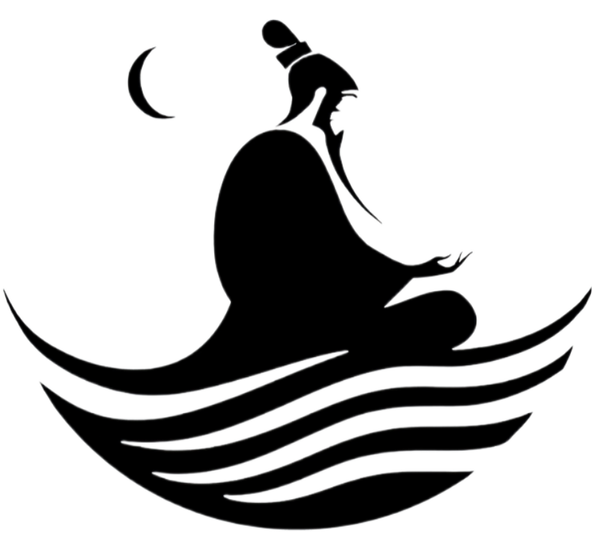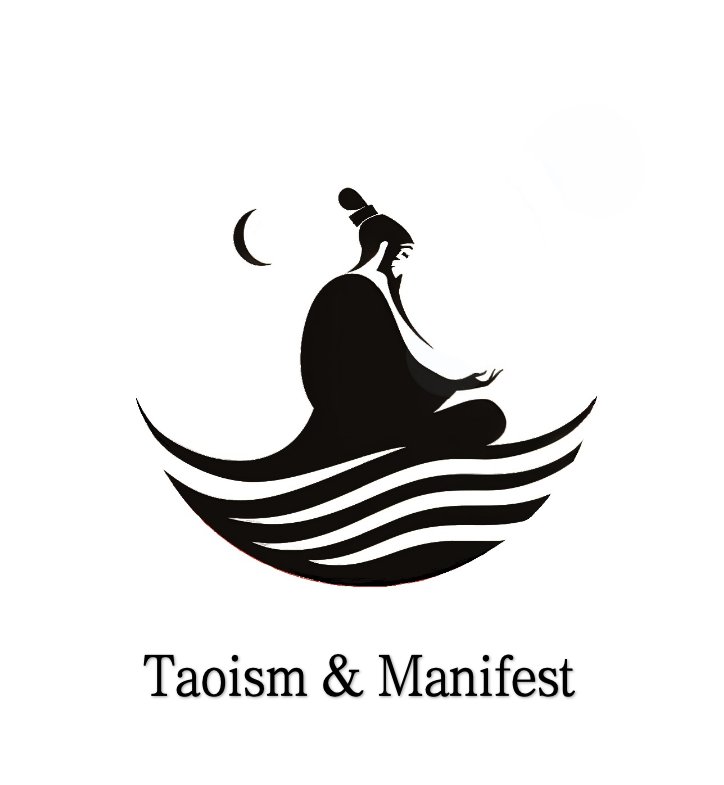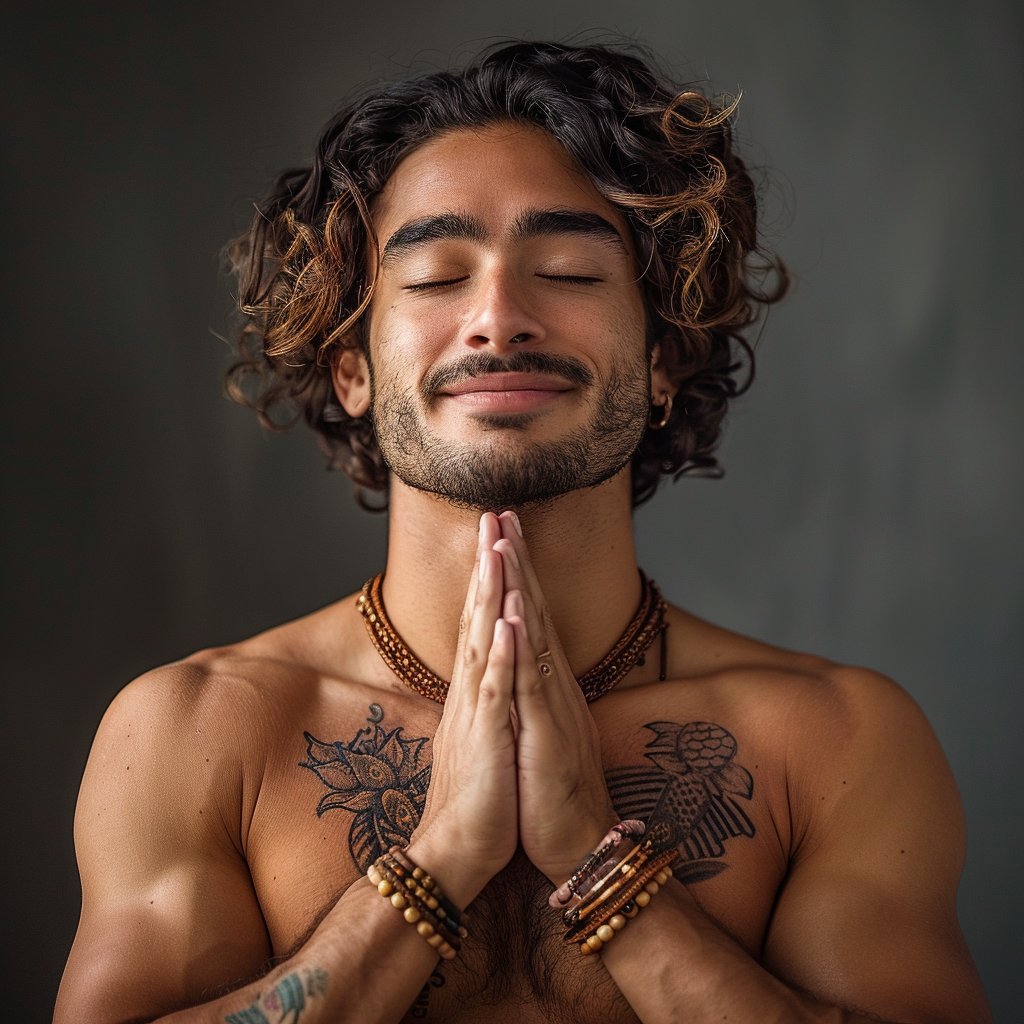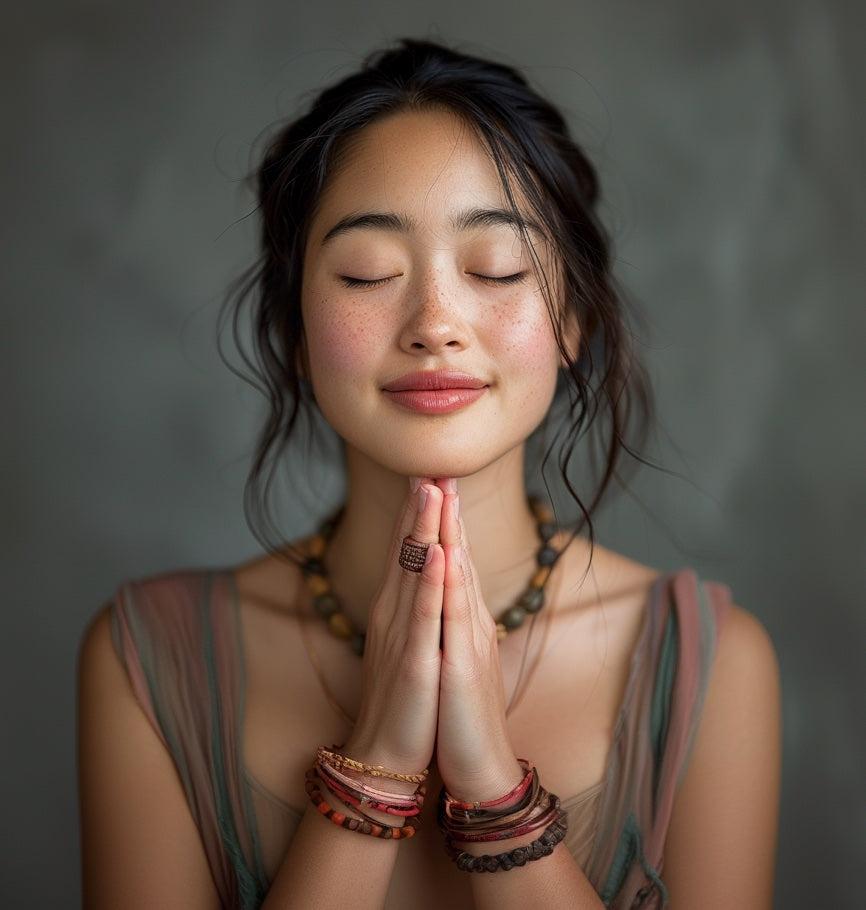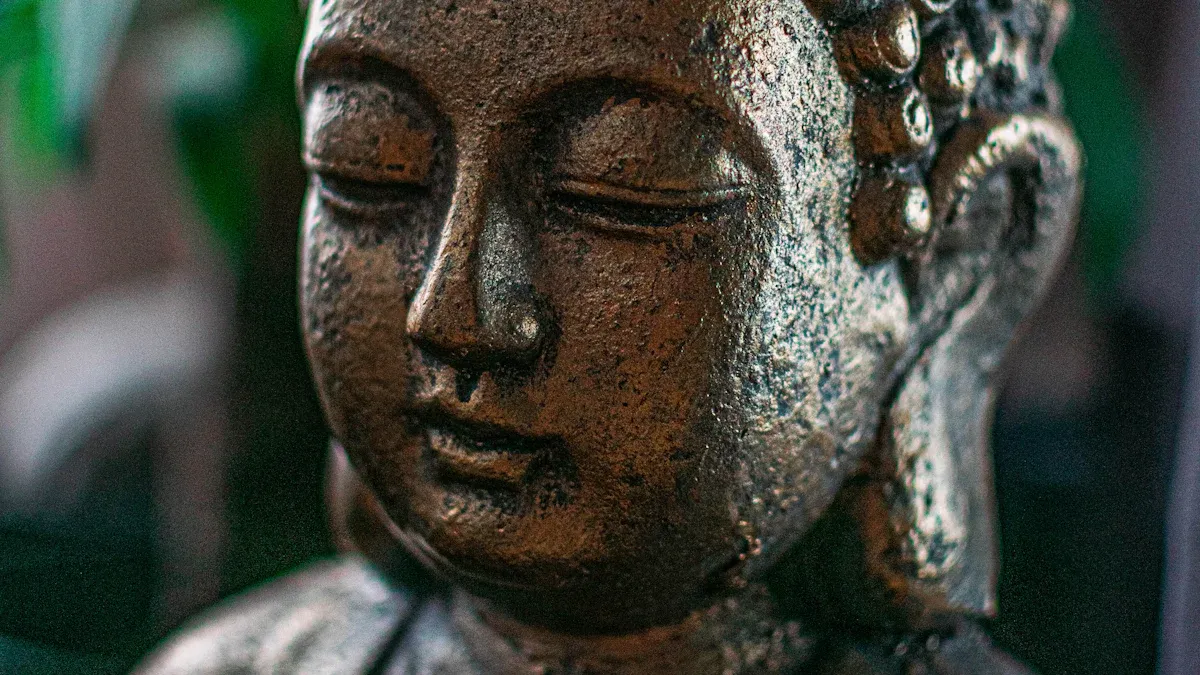
You can follow tao every day with a short pre-shower taoism routine. First, do mindful breathing. Next, pay attention to your body. Then, write about your mood. This daily spiritual practice helps you feel calm and peaceful. Doing Wu Wei, mindful breathing, and breathing routines often lowers stress. It also helps you act easily, think, look inside yourself, and live in peace. You will feel more calm and clear after this spiritual practice than if you do not do it. Try this spiritual tao practice today to feel calm and think clearly right away.
Key Takeaways
Begin your day with a short pre-shower routine. Do mindful breathing, notice your body, and write about your mood. This helps you feel calm and think clearly.
Mindful breathing and body awareness help you relax. You just watch your breath and body without trying hard. This brings balance and lowers stress.
Thinking quietly before and after your shower helps you reflect. It makes your connection to Taoism stronger. It also helps your mind feel better.
Taoism Daily Practices
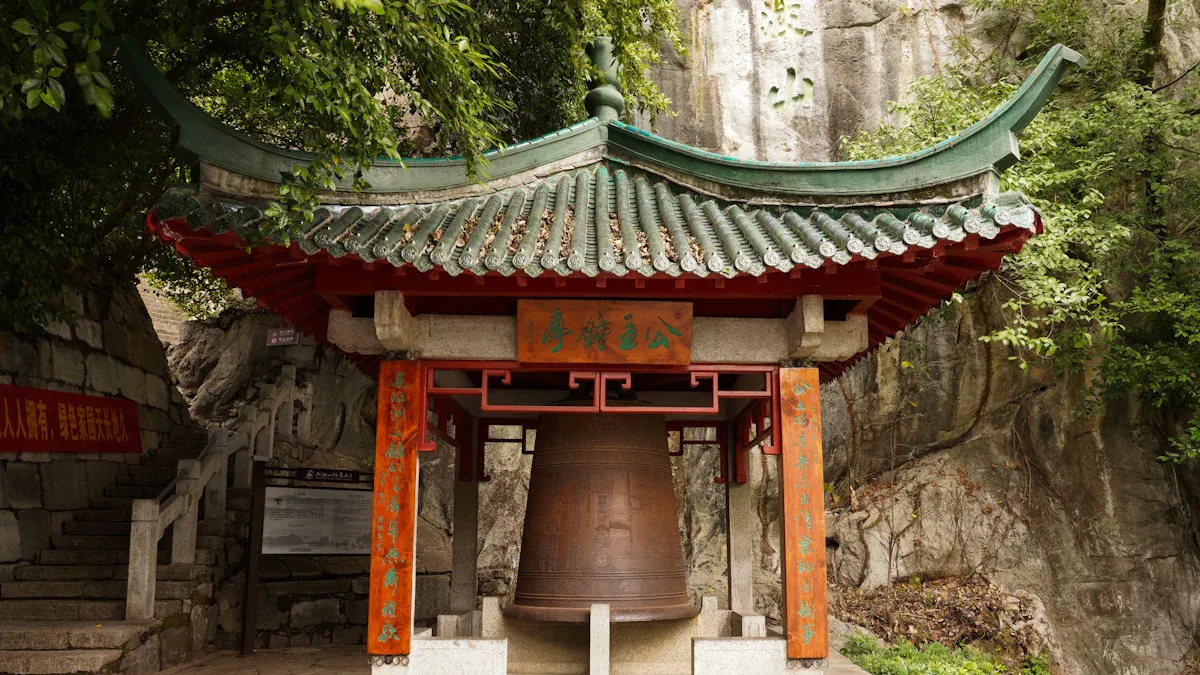
Taoism teaches you to live in harmony with the natural flow of life. You can start this journey with a simple pre-shower routine. This daily spiritual practice helps you find calm and clarity before you begin your day. The three steps—mindful breathing, body awareness, and mood journaling—bring the spirit of tao into your daily habits. Each step connects you to the tao, making your daily practices a source of inner calm and balance.
Mindful Breathing
Mindful breathing is the heart of taoist daily practices. You do not need to force your breath or control it. Instead, you observe your natural breathing, letting each inhale and exhale flow with effortless action. This is the essence of Wu Wei. You sit or stand comfortably, close your eyes, and notice the air moving in and out. Feel your chest and belly rise and fall. Let your thoughts drift away as you focus on the gentle rhythm of your breathing.
Tip: If your mind wanders, gently bring your attention back to your breathing. Imagine each breath as a wave, flowing in harmony with the tao.
Practicing mindful breathing for just five minutes can calm your mind and body. Research shows that even a short session can lower stress and help your heart rate slow down. With each breath, you invite calm and clarity, preparing yourself for the cleansing ritual of your shower. This daily spiritual practice builds a foundation for living in harmony with the tao.
Body Awareness
After mindful breathing, shift your focus to your body. This step is about noticing how your body feels, from head to toe. Taoism values balance and harmony, so you scan your body slowly, paying attention to any tension, warmth, or relaxation. This is another way to practice Wu Wei—by observing without judgment and letting your body guide you.
Start at the top of your head. Move your attention down to your face, neck, shoulders, arms, chest, and so on, all the way to your feet. Notice any areas that feel tight or uncomfortable. Breathe into those spots, letting your breath bring healing energy and calm. This body awareness practice helps you connect with your physical self and the tao, making it easier to release stress and find inner calm.
Note: You do not need to change anything. Just notice and accept what you feel. This is embracing Wu Wei and living in harmony with your body.
Mood Journaling
The final step in your pre-shower routine is mood journaling. Take a moment to reflect on your feelings. Write down a few words about your mood, thoughts, or anything on your mind. This simple act of reflection helps you understand your emotions and brings clarity to your day.
Mood journaling is a powerful tool in taoism and mindfulness. It gives you a safe space to express yourself and process your feelings. Studies show that journaling before a daily activity like showering can boost self-awareness and emotional regulation. You become more aware of your patterns and can respond to challenges with calm and balance.
Try this: Write one sentence about how you feel right now. Notice if your mood changes after your mindful breathing and body awareness practice. This reflection is a key part of your daily spiritual practice.
By following these three steps, you bring the principles of tao, Wu Wei, and harmony into your daily routine. Each practice takes only a few minutes, but together they create a powerful daily spiritual practice. You will notice more calm, clarity, and a deeper sense of living in harmony with yourself and the world. Embracing Wu Wei and the tao in your daily practices helps you move through life with effortless action and inner calm.
Daily Reflection and Meditation
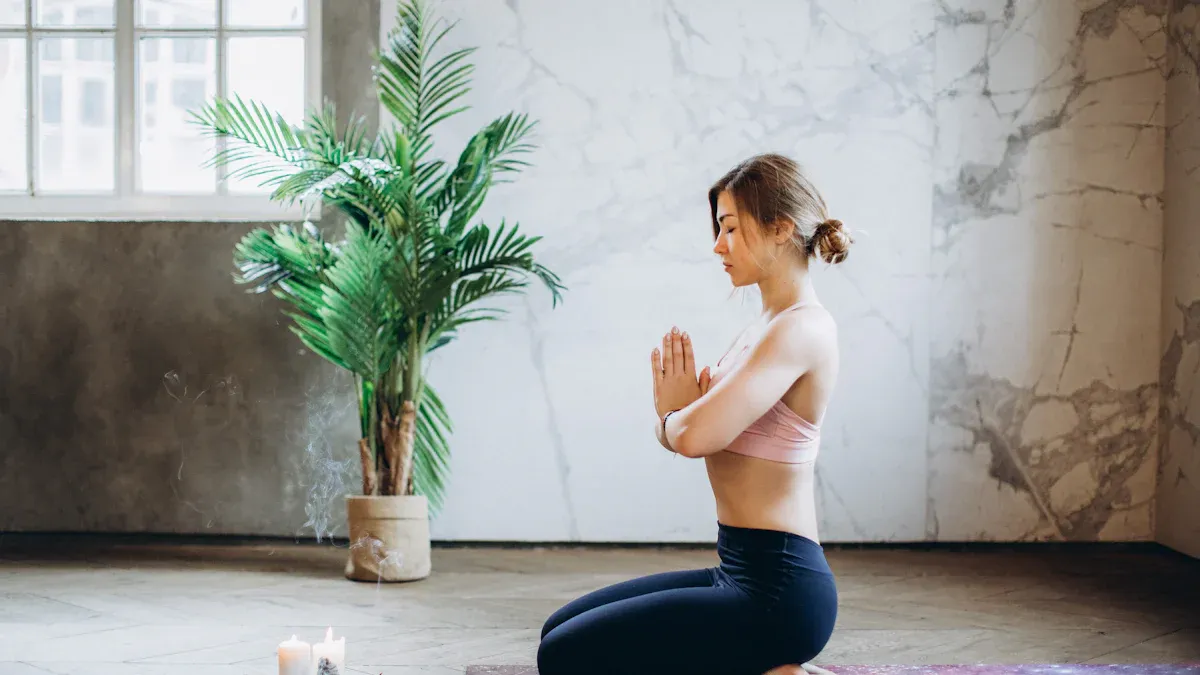
Transition to Shower
You finished your pre-shower tao routine. Now, bring Wu Wei and harmony into the shower. This is a good time for quiet thinking and reflection. Many people find it helps to change the environment. You can dim the lights, pick a gentle water temperature, or use a favorite smell. These small changes help your tao journey and make you feel more comfortable, especially if you are sensitive to sounds or smells.
Change the water temperature and pressure to what you like.
Try soft lights or play calming music.
Use aromatherapy to help you relax.
Keep your routine the same to lower stress.
Patience and kindness matter here. You can make a space for sitting quietly or slow breathing. This helps you stay focused and keep your spiritual practice going.
Sensing the Present Moment
When you step into the shower, focus on the tao right now. Let your senses lead you. Listen to the water, feel it on your skin, and smell the soap. This is a time for Wu Wei, letting things happen without trying too hard. You can take deep breaths and imagine stress leaving your body as you breathe out.
Tip: Be thankful for the water and the chance to refresh your mind and body.
Reflection is important. Before and after your shower, check how you feel. Use daily reflection and quiet thinking to see if your mood changes. Many people find that making a habit of reflection, meditation, and sitting quietly brings more clear thoughts and steady feelings. You may react less and feel more in balance with yourself.
Doing this tao routine every day helps your mind and well-being. Studies show that daily reflection, meditation, and Wu Wei can help your mental health, lower stress, and make you happier. On days you follow your spiritual routine, you often feel more calm, focused, and ready for the day. If you skip it, you might feel less clear and less balanced.
By adding daily reflection and meditation to your tao journey, you grow inside and learn more about yourself. This simple practice helps you live in harmony with the tao, bringing peace and balance to each day.
You can embrace the tao each morning with this five-minute ritual. The tao guides you to peace, balance, and well-being. Practicing mindful breathing, body awareness, and mood journaling lets you follow the tao with Wu Wei. Stay consistent, show yourself kindness, and let the tao bring harmony. Each day, choose the tao and feel harmony grow.
FAQ
How can I make this pre-shower routine a daily habit?
You can set a reminder on your phone. Try linking your mindfulness routine to your shower. This helps you build daily practices and enjoy more calm each morning.
What if I feel distracted during mindful breathing?
You can gently bring your focus back to your breathing. Remember, embracing Wu Wei means letting thoughts pass. Over time, you will notice more inner calm.
Can this daily spiritual practice help reduce stress?
Yes! Practicing meditation, daily reflection, and quiet introspection can lower stress. You will feel more harmony and well-being as you continue your spiritual journey.
See Also
Tao Te Ching Wisdom for Building Unshakable Inner Power
